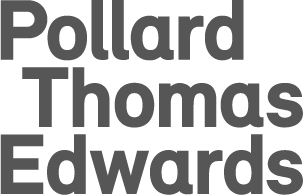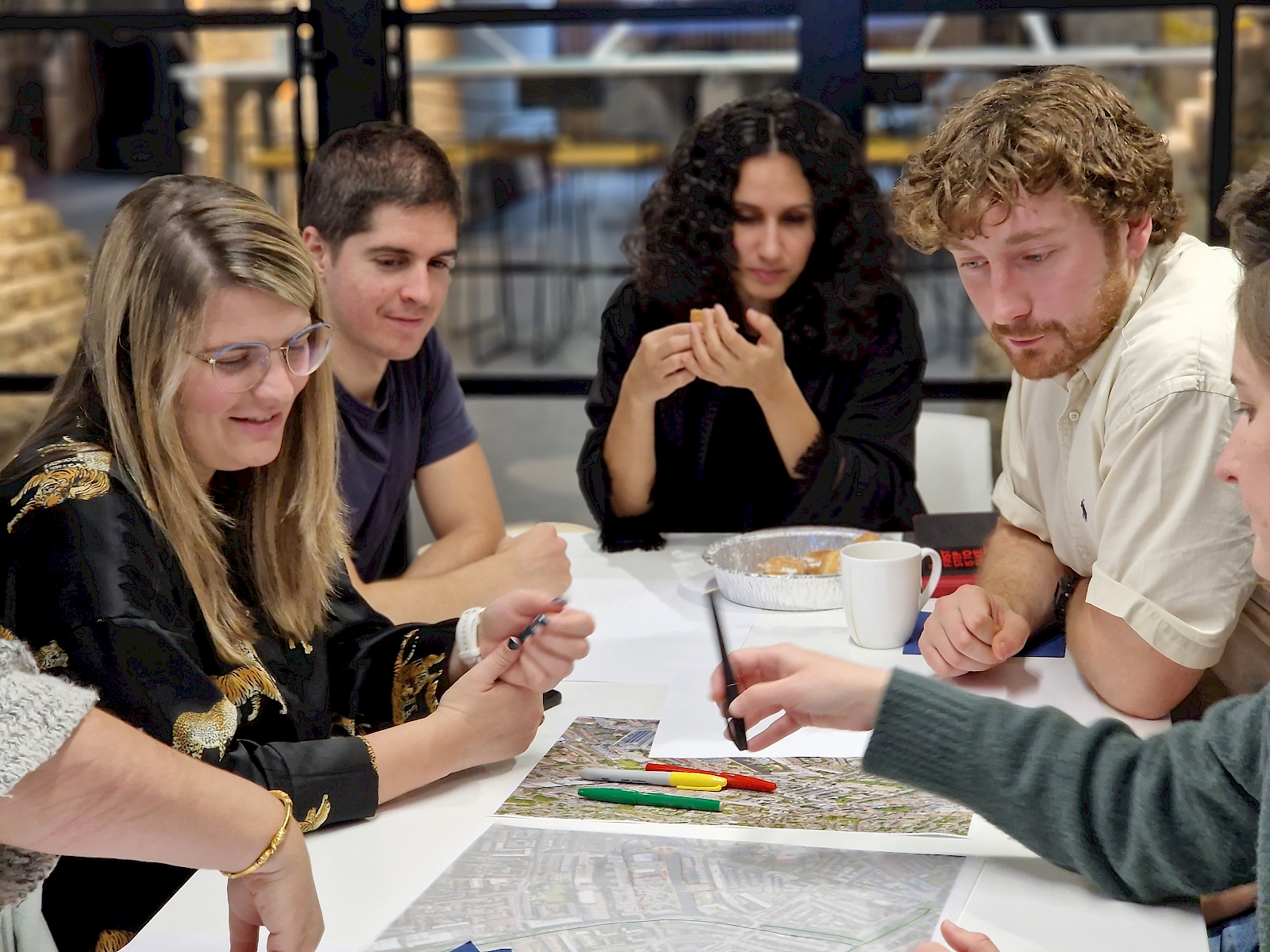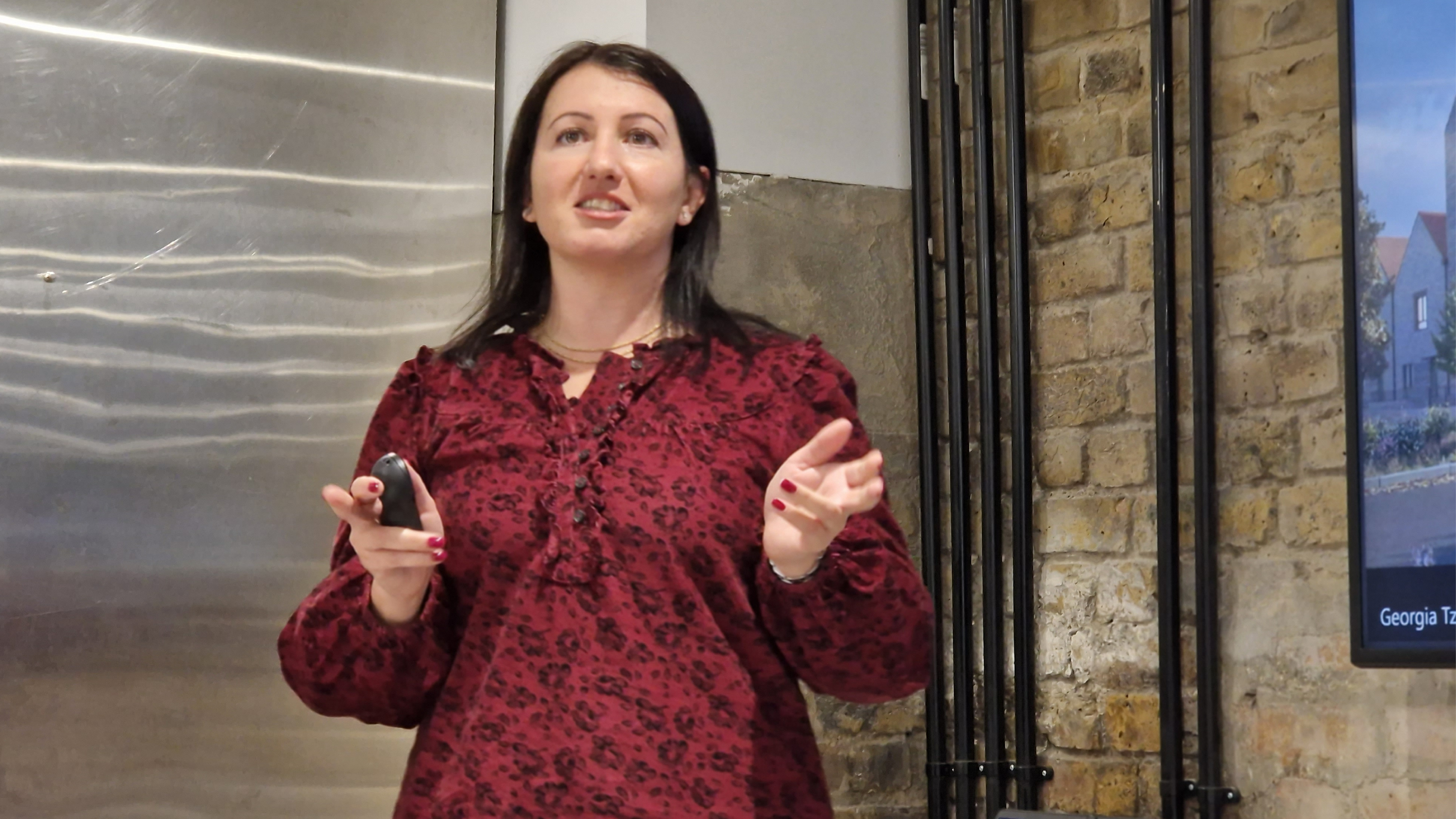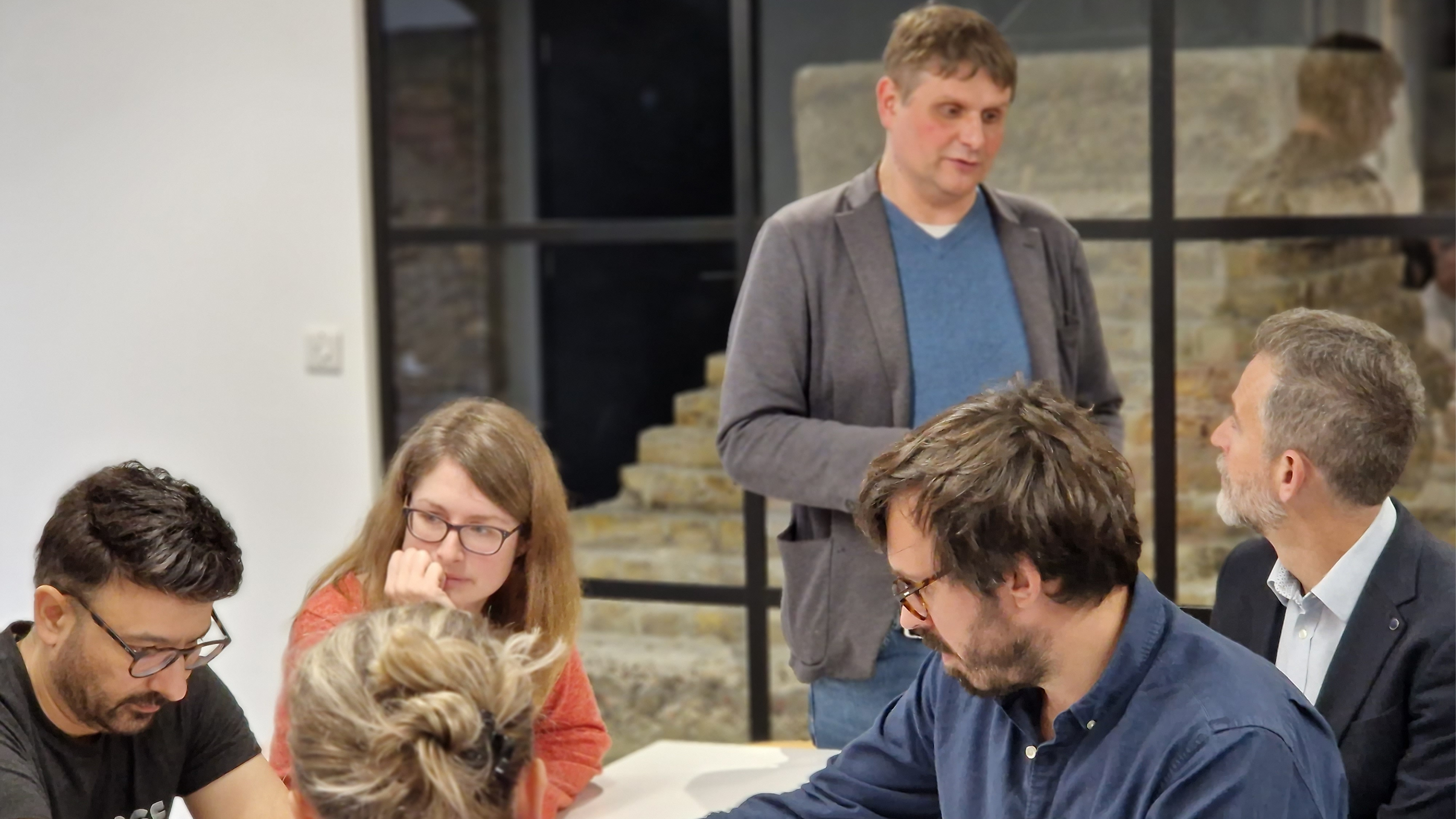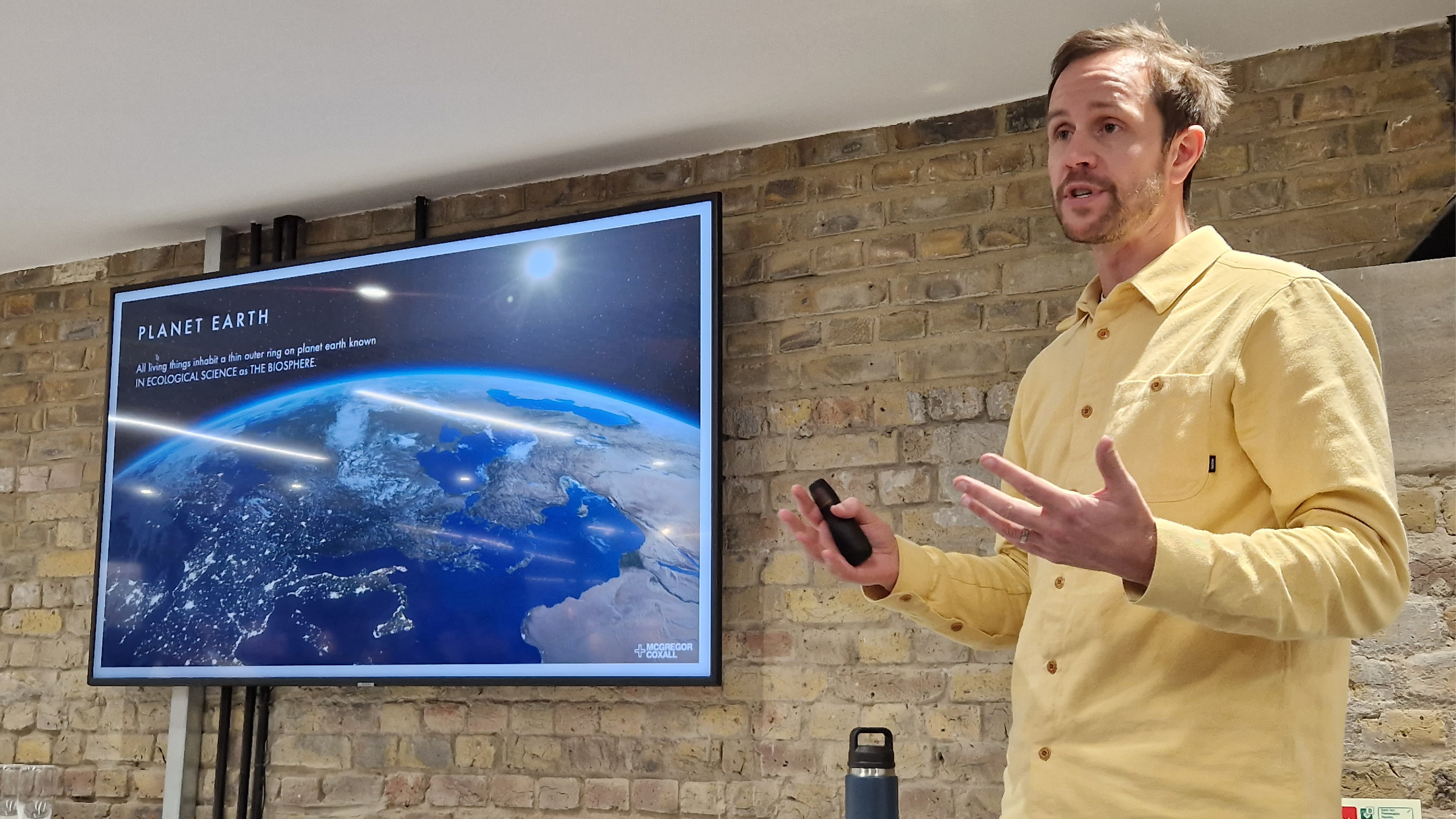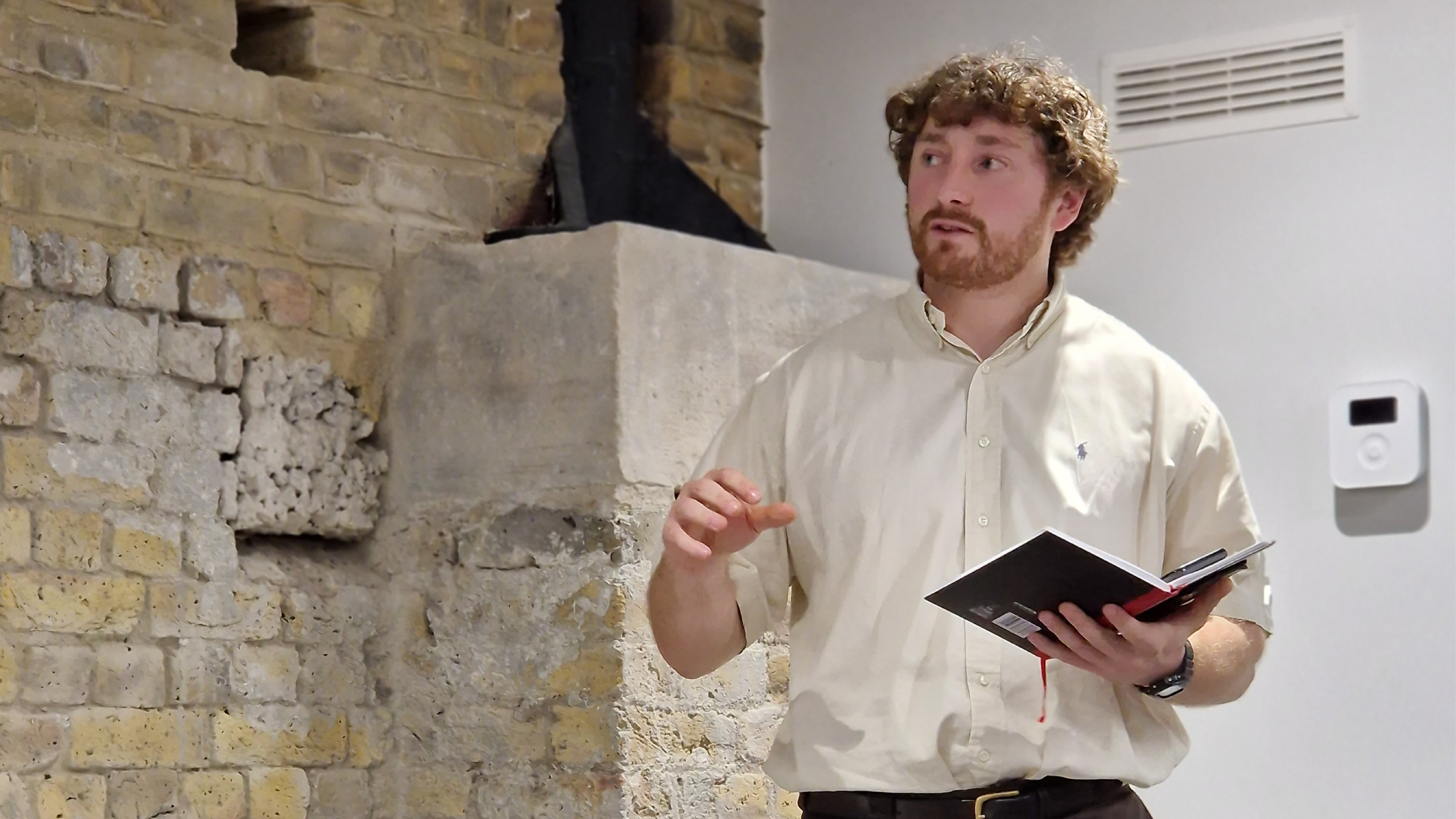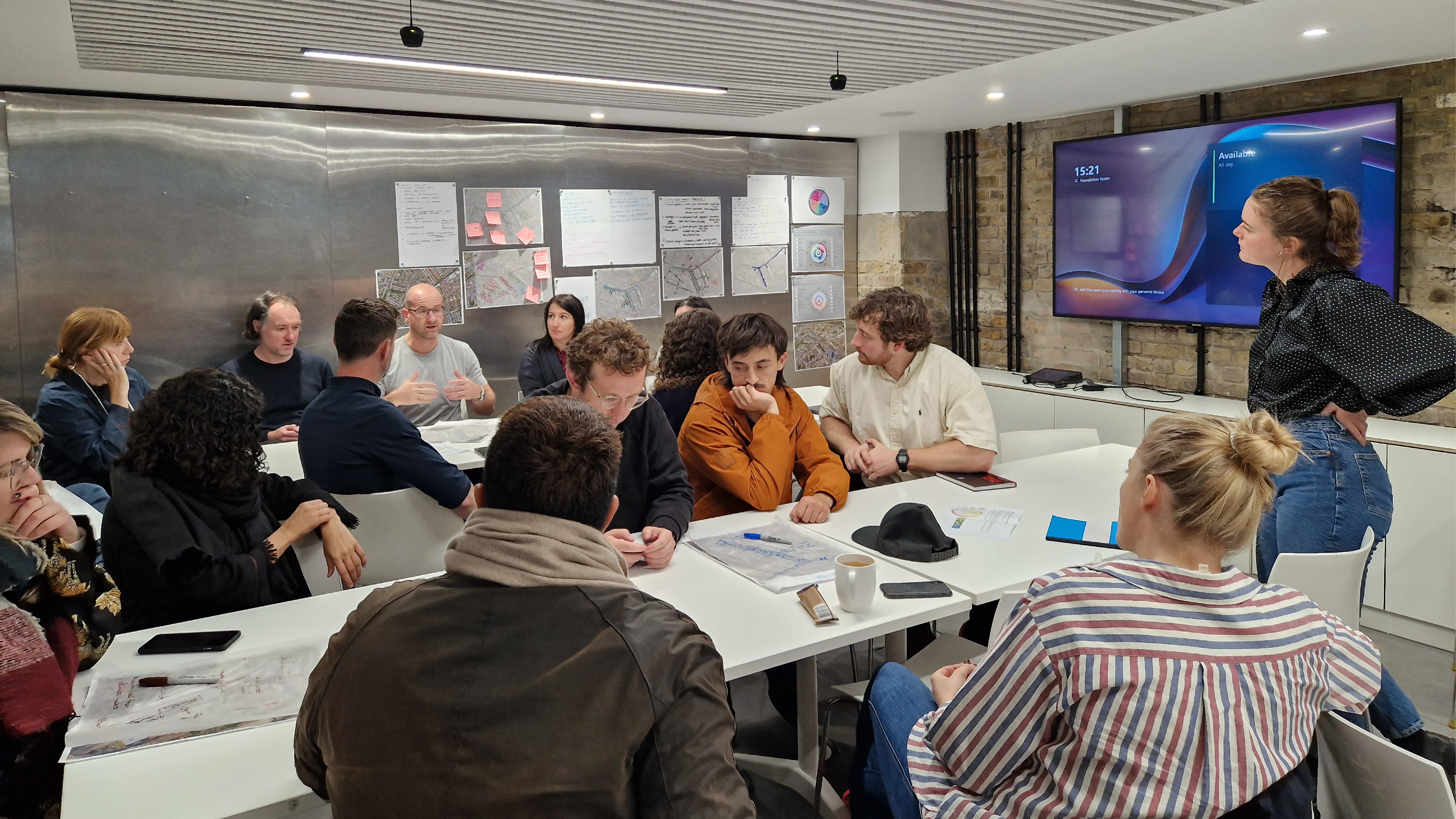Our Autumn conference theme ‘In the news’ focused on three stories – design codes, rewilding and new towns
In Rory Olcayto’s introduction he explained that design codes – to be explored in the day’s kick-off session with Alexis Butterfield and Georgia Tzika - were fast becoming an ‘essential tool’ that architects must learn how to use, ‘with the Levelling up and Regeneration Bill requiring ‘every local planning authority to produce a design code for its area’, either through forming part of local plans or being prepared as a supplementary plan. It’s in the news too, with Hannah Loftus of HAT Projects, an architect and planner, imploring architects in her article for the AJ to ‘get involved with design codes – before it's too late.’ The reality is that not every client can afford a new bespoke design – so setting a good baseline standard, with coding, can provide a lifeline.
On rewilding, Rory explained that a number of local councils, from Ealing and Croydon to Cheshire and Derbyshire, have announced new public parks formed by rewilding golf courses. Tom Ruff scheduled to lead a ‘rewilding the basin’ workshop after lunch, would, Rory explained, draw upon his farming background and his training in landscape architecture to offer a fresh perspective on the possibilities of urban greening, while Gemma Hoult and Michael Cowdy from McGregor Coxall will discuss ‘biourbanism’ – their take on rewilding for cities.
The end of day panel, we were warned, would bring design coding and rewilding together, as we debated the prospect of next gen new towns, following slew of press stories on this possibility.

Design codes should set a good basic standard without stifling innovation
In Alexis and Georgia’s beginner’s guide to design coding, we studied their work on the Cherry Hinton North Design Code and the Cambridge North Neighbourhood Code. As Georgia took us through the detail of each code and how it should be implemented, Alexis explained that Cambridge was ‘forward thinking’ and understood that design codes are a ‘great way of building team cohesion’.
In short, Alexis said, design codes, especially if you can be concise and limit them to around 100 pages, ‘just work really well’: ‘They foster dialogue. They break down barriers. They get people - stakeholders of all kinds -talking. They provide a common ground for everyone invested in a building project – the community, the developer, the local authority - each for their own reasons. In short, a good design code is everybody’s friend.’
We then split into five groups for a short workshop in which we identified the underlying design code of the City Road Basin, while suggesting improved conditions.
Lunch - smoky pepper and date-baked rice - was prepared by Amy Burgess (with help from Rebecca Lee).
Live Rewilding – going way beyond the red line
After lunch, PTE’s Tom and McGregor Coxall’s Michael and Gemma took on ‘rewilding’ as a topic and presented two contrasting views. Tom looked at rural, large to small scale rewilding projects while Tom and Gemma focused on urban rewilding strategies.
Tom looked at rewilding in the round, taking us back into Britain’s history to explain the deep culture of deforestation, apex predators and land management stretching back through millennia. He warned of the ‘unwavering high maintenance’ required to make rewilding work - even on medium-scaled projects - and concluded with exemplars – and a mantra - embodying the ‘good, the resilient and the low maintenance.’
Our McGregor Coxall colleagues presented Biourbanism – both as a philosophy and systems-based approach to designing cities. Biourbanism, they explained proposes ‘cities as nature’ with urban landscapes read as a combination of ten primary systems including food, water, waste, landscape, governance.
Our workshop – in the pouring rain – appropriately studied water, in a mapping and collaboration exercise centred upon the City Road Basin. Together we investigated this incredible – if at first sight impractical and unwieldy - resource in our own back yard, through a ‘biourbanist approach,’ with a focus on five ‘living systems’: food, water, waste, landscape, governance. Following our recce, we explored our findings, from identifying plant species capable of remediation and the potential for a bridge link across the basin, to how an ‘island of trash’ at the western end the water served as a marker of the basin’s circulatory flow.

Thursday at Four panel: next-gen New Towns
For the panel discussion at 4pm we centred on the news that next gen new towns are being seriously considered once again, following the Labour Party’s recent announcement that it is committed to building new towns and building on the green belt too - in a bid to solve Britain’s ever-present housing crisis.
It was here that the strands in our ‘in the news’ theme, including rewilding, landscape-led masterplanning and design coding, properly intertwined, as we discussed how these approaches might influence the next generation of British new towns.
Workshop leaders and speakers during the day – McGregor Coxall’s Michael Cowdy and Gemma Hoult, alongside PTE’s Alexis and Tom – joined our guest panellist Andrew Armes, the former Chief Architect and Head of Development and Design at Milton Keynes City Council.
We asked Alexis in what way are design codes central to the design of a great new town; Gemma and Michael considered how rewilding help shape the next gen of new towns and Tom addressed the major tensions on using rural land for new towns from a traditional land-use perspective. Before questions and debate from the floor, Andrew mused upon what he would do today, if he were tasked with designing a new town once again.
What did we conclude? Andrew’s main point was perhaps the most pertinent: ‘If I was building Milton Keynes today, I’d look at the small plots and medieval plan of nearby Stoney Stratford, to encourage a more human scale of development’.



